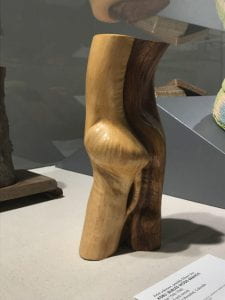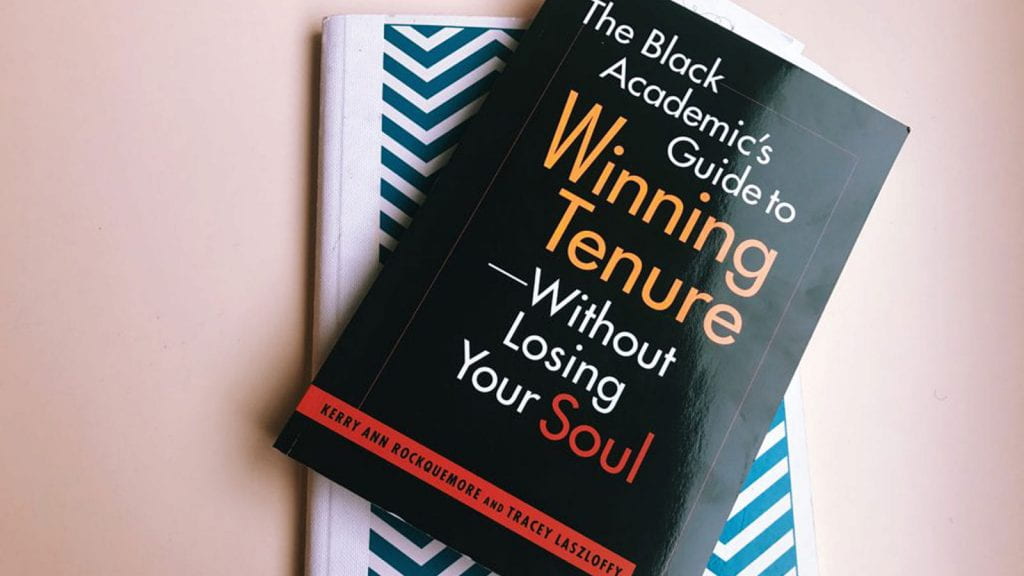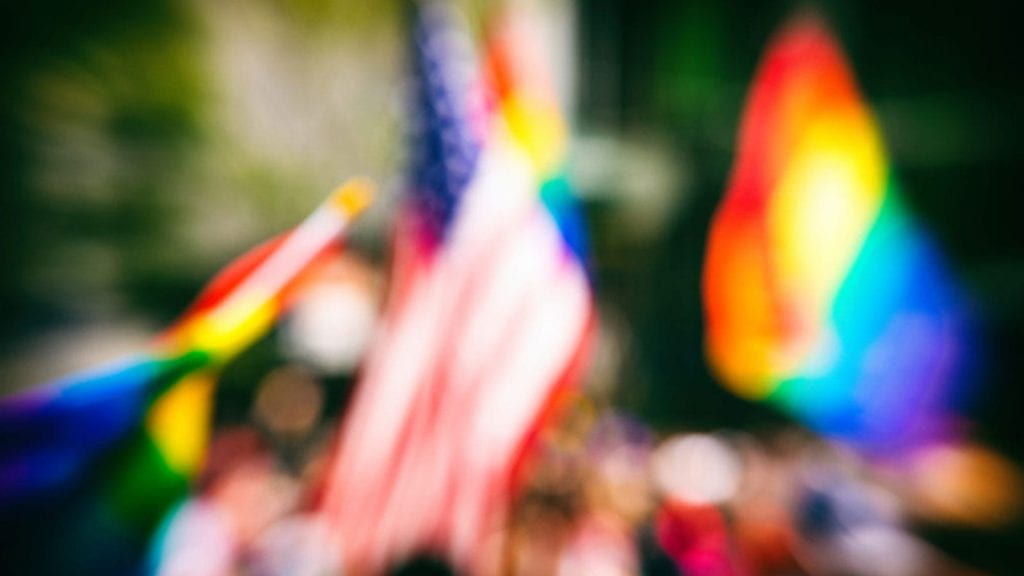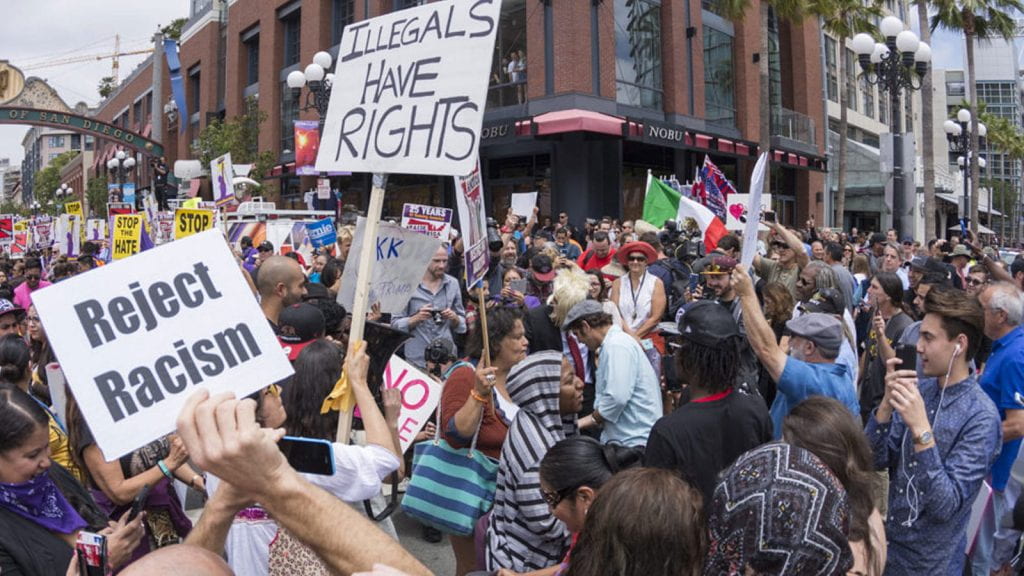On October 18, 2017, CRASE hosted writer, social justice advocate, attorney, and activist Khary Lazarre-White. Lazarre-White discussed his work as co-founder of the Brotherhood/Sister Sol (Bro/Sis) and his debut novel Passage (Seven Stories Press). Brotherhood/Sister Sol is a nationally renowned, Harlem based, comprehensive youth development and educational organization that provides rites of passage programming, arts and enrichment based after school care, counseling, summer camps, job training, college preparation and scholarship, and month long international studies programs to Africa and Latin American. In this post, assistant professor of English Samira Abdur-Rahman, moderator of the event, reflects on the themes of Passage.

In “New York State of Mind,” a track on his debut album Illmatic, twenty-year-old Nas raps “I never sleep cause sleep is the cousin of death.” In Passage, we are told that the protagonist Warrior does not shut his eyes when he sleeps, that this is a trait passed down through the generations: “Even when he really slept, and when he was most relaxed, in his deepest dreams, Warrior’s eyes were open.” In the magical, Afro-surrealist world of Passage, we are encouraged to understand these open eyes both figuratively and literally. Open eyes are a metaphor for Warrior’s consciousness, for his acuity as a reader of both the surfaces and deeper implications of his experiences and self.
At the same time, Nas and Warrior are describing the reality of their vulnerability in the tones of a guarded masculinity. Sleeping is dangerous and not being on guard could possibly risk your life and/or the lives of your loved ones. The lyrics to “New York State of Mind” are gritty, yet they also operate at a level of myth making and imagination defying the simplistic designation of gangsta rap or pure street documentary. Nas’s Illmatic was released in 1994 and narrated his life growing up in the Queensbridge Projects. Passage is set in 1993, in the boroughs of Harlem and Brooklyn, but its prose embodies the deep and complex knowledges emblematic of what we now identify as the golden era of hip hop, an era that put New York City’s boroughs on the map. Nas speaks of project living, yet the figurative and literal interiors of his life defy stereotype. So, too, do the interiors of Warrior’s life.
Passage is a novel of the hip hop generation but speaks to the late geographer’s Clyde Wood sense of the symbiotic relationship between blues and hip hop geography. As Lazarre-White stated during his talk, New York City is not simply a geography; it is a character in the novel. Blues tropes are our entry into the world of Passage—they construct a language for Warrior’s encounters with the city, with his ancestors and with his self. In his eloquent study of hip hop aesthetics, Jelani Cobb describes the blue’s bad man figure. Characteristically braggadocious, fearless and mythically strong, the bad man figure was an attempt to resist the very real vulnerabilities that black men faced in the oppressive, racial caste system of Jim Crow.
In the place of myths of badness and heroic strength, the opening scene of Passage describes Warrior’s anger: “It had been the same for years now. Warrior woke angry. Just plain old surly mean. Angry at existence…He knew he was tired…and angry.” The book highlights spaces that produce but also potentially untangle the knot of anger, which allows us to see beyond the misunderstood postures of Warrior’s teen masculinity and takes us deeper into the circles of Warrior’s thoughts, fears and his loves.
Warrior loves his two best friends, one a teenage girl who lives in a house of three generations of Caribbean women. He receives letters from his other best friend, the incarcerated brotherman, a victim of police brutality and the criminal justice system. Warrior’s teacher mother and musician father are loving parents. They respect and understand their son enough to impart on him diasporic lessons, instructions in black history and aesthetics. They respect him enough to listen to him, to let him argue with them, to understand that Warrior is dealing with new terrains of both violence and identity. They love Warrior, yet they cannot offer him complete protection as he navigates the realities of the outside, of the brutal winter, of the blue soldiers who torture and disfigure young black bodies. Still they are committed to helping him through his passage.
At the event, Lazarre-White commented on the significance of the word “passage”—its allusion to the brutality of the transatlantic slave trade and noted it as indicative of the rites of passage needed by Warrior to transition into a new phase. In articulating the hauntings of the past and the possibilities of Warrior’s passage, the novel’s characters speak in folkloric syntax, through riddles, aphorisms and paradoxes, through the language of the everyday, the magical and the sublime. The novel speaks this way because it acknowledges the complex ways that young people feel, experience and narrate their worlds.
Samira Abdur-Rahman’s current book project is Sites of Instruction: The Geography of Black Childhood.








 This is from the preamble, and note which clause came first in the mind of our founding fathers – to promote the progress of science and useful arts in our new country. Kyle Courtney, the Copyright Advisor for Harvard University, notes that copyright law, and the fair use doctrine in particular, works together with the first amendment that “Congress shall make no law abridging the freedom of speech or freedom or press” as a supplement to the Constitution, “to prevent our new government from becoming a tyranny…connected with the fundamental belief that open and informed discussion of current events promotes stability and the general security of the nation.”
This is from the preamble, and note which clause came first in the mind of our founding fathers – to promote the progress of science and useful arts in our new country. Kyle Courtney, the Copyright Advisor for Harvard University, notes that copyright law, and the fair use doctrine in particular, works together with the first amendment that “Congress shall make no law abridging the freedom of speech or freedom or press” as a supplement to the Constitution, “to prevent our new government from becoming a tyranny…connected with the fundamental belief that open and informed discussion of current events promotes stability and the general security of the nation.”



